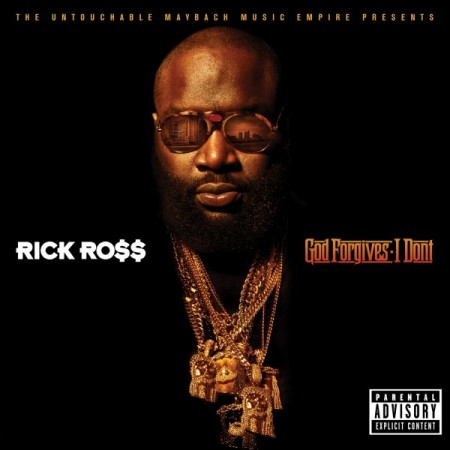Authenticity: — adj – of undisputed origin or authorship; genuine: an authentic signature.
Authenticity is a quality that is lacking in this rap industry. While many claim to be authentic, it is rarely the case. Amongst these full frontal facades are the actors/actresses, the “wannabes”, and the hypocritical. Within the plastic frames and fragile mentalities lies the truth. Truth is this: authenticity and the rap industry are usually at war.
This is why many feel that the rap industry is “Hollywood”: it is who you know, not what you can do.
S.L. Jones, however, is not that type of artist. This Little Rock rep is known for his knack of honesty through his liquid lyrics, fluid delivery, and soluble swagger. Even more apparent is his past gang affiliation that he brought with him from Arkansas. The 23rd and Wolfe Street transplant will never forget about his home turf or his Crip affiliation. It is what taught him so much about the game, music or otherwise. Using all the game he garnered, Jones will now become an artist many will have to consider in this rat race called music.
Catching up with him after he put out Paraphernalia, his free album entirely produced by DJ Burn One, I took time to pick his brain about music, the independent hustle, and the reality behind the “glamor and glitz”. After the conversation, I was convinced that S.L. is in the position he is in due to pure wisdom and street savvy. Unlike many, he has chosen to transcend his past transgressions. Those lessons will only lead to legendary status.
PART ONE
The Music of Paraphernalia
As far as the new album with DJ Burn One, it was originally supposed to be an EP. But, as S.L. let me know, “…it got finished so fast it felt like it was too quick. So, he was like ‘let’s just do a whole LP’.” What happened was a considerable amount of music using his past street life infused with original audible concoctions that ranged from Memphis pimp music to Texas Screw jams to even R&B interpolations. The smartest thing they ever done with the project was to allow it to grow on its own. Now, it is a free album that the world needs to hear.
There is more to why SL Jones picked Burn One. SL stated this:
“I tried so much, so I found myself at square one making music. You doing so many things, but as an artist, you are always trying to find your sound or a sound that isn’t defined. Once you popping, anything you get on goes. People are gonna look at it like a novelty. People get on a track and they define it as a sound. When you talk about a Lex Lugar track, there are certain voices that you hear on them: A Waka Flocka or a Rick Ross. Their voices are automatically tailored to the sound. So, when a track comes on, you automatically hear it in your mind. When you get on a beat like that, you are doing you. But, people want to identify you with a sound. With Burn, I had the opportunity to do something that sound like nothing”.
Additionally, Burn One also plays plenty of his own instruments. In fact, he was the guitar player on the song “Per Say”. With that given, SL Jones wanted to come with a sound that he would define instead of the sound defining him.
The Street Mentality Behind His Music
It is well known that SL represents the streets of Little Rock. From his perception, he notes that “It’s a gangland. You got everything: Bloods, Crips, GD’s, Vice Lords, the Mexicans. It’s really divided by sides. Crips are the minority and there are a lot of Bloods. So, you will have Bloods bang against other Bloods”. However, Crips don’t go against other Crips. Also, most rivalries are based on street politics. As SL would but it, “…there is a boss that is pushing the line; pushing their own agenda. That is why certain things (still) happen.” In addition, some issues are almost on the level of the Hatfield and McCoys: beefs from the past that are culturally ingrained. Thus, the street mentality is much more than simple rivalries based on “colors”.
Looking at how the gang mentality is today, though, SL notices a change. Actually, it is a change that he welcomes:
“It’s still poppin’. It’s still going down at the crib. But, it’s just different in the sense that you have other options. Your older brother might gangbang and you from the same neighborhood. But you on some hipster/cool shit. So, you ain’t wearing a Dickie suit, a flag, soldier Reeboks or K-Swiss. You ain’t dressed in the same attire as your uncle or older brother. But the affiliation is still there, so it’s still in you”.
Another relative point that was brought up was the effects of gentrification. Since so many projects are being torn down, SL Jones noted that “…Bloods, Crips, everything all in one projects. So you know it’s hot. At first, everybody had their own projects to live in. Now, they are tearing stuff down for the money. It’s a money thing, y’know. Class and money.” With government assistance as a way to control people of poverty, the government is having their way with housing situations. Thus, some of the gang situations is exacerbated by monetary greed.
Stay tuned for Part Two of STACKS Magazine’s Mark A. Harris exclusive interview with S.L. Jones…




